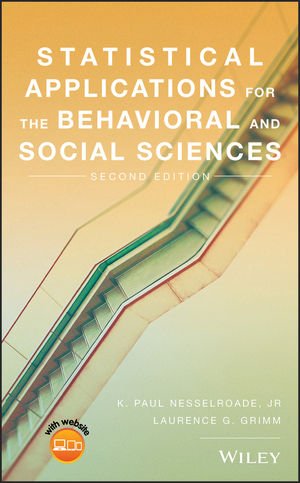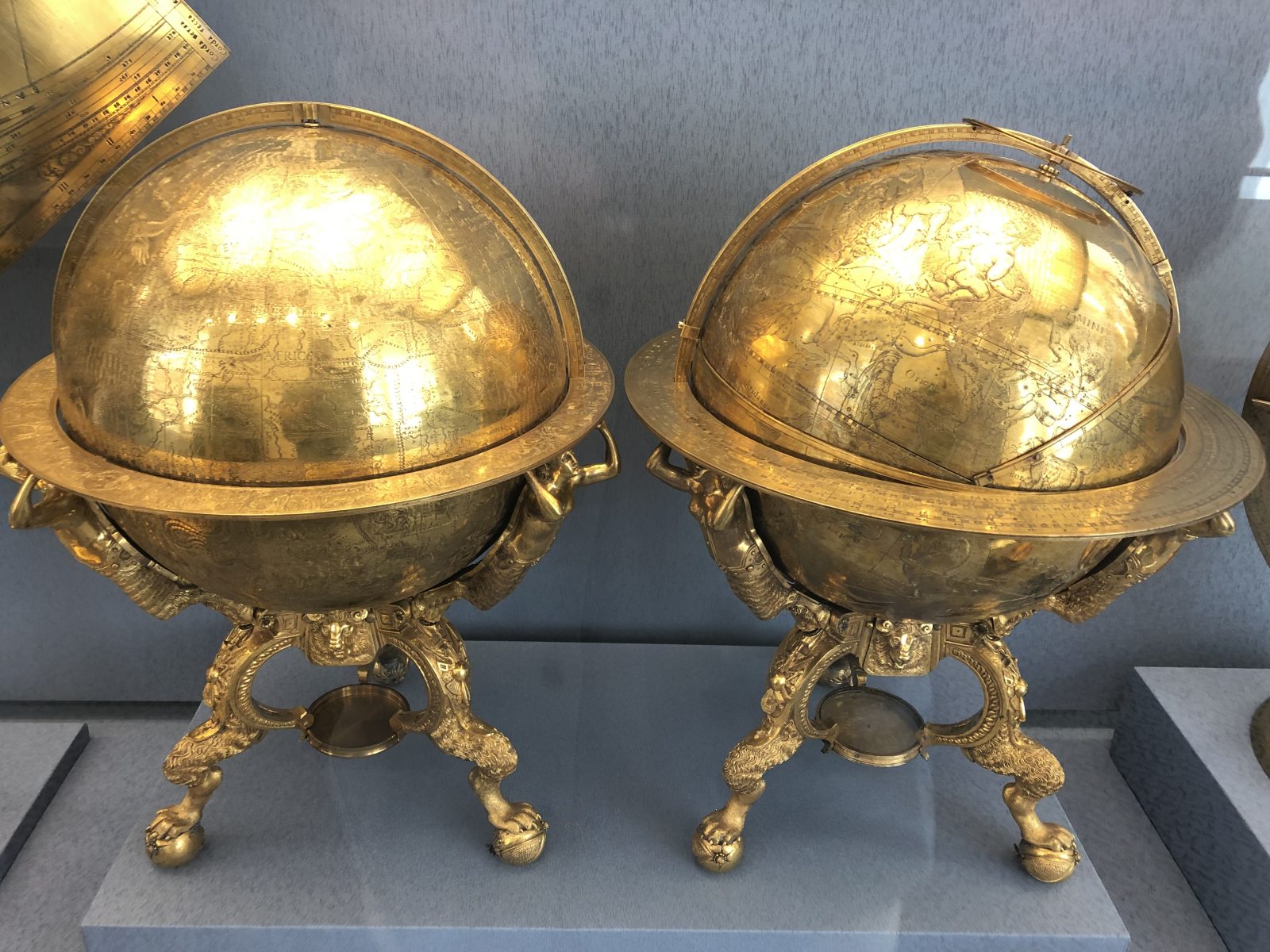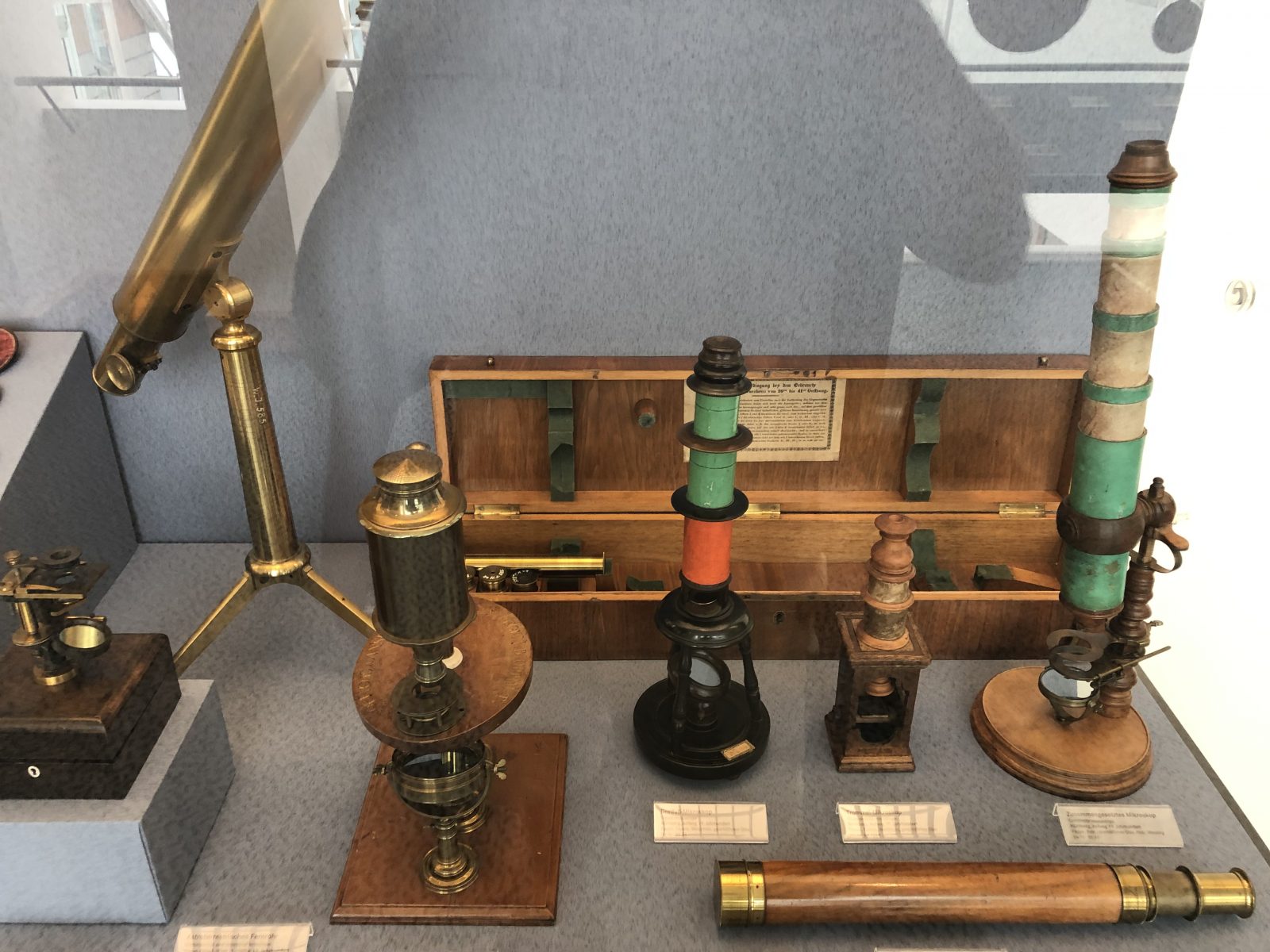(Essay found in Nesselroade & Grimm, 2019; pgs. 705 – 706)

Throughout this book we have periodically stopped to look more closely at some commonly discussed problems in the world of science; in particular, we have tried to understand better the current reproducibility crisis that is afflicting the social sciences. Let us finish this series by stepping back to look a bit more philosophically at the scientific endeavor as a whole. What can we hope to accomplish with the help of science, and what, if anything, lies on the outside? This has sometimes been referred to as science’s demarcation problem; drawing the line between what is science and what is not science.
In Chapter 1, we were told that the scientific method addresses a limited set of questions. Causal explanations, when methodologically warranted, are to be understood in a limited way, not as complete, final explanations. Unfortunately, not all claims made by scientists reflect this modesty. In other words, not all pronouncements made by scientists are, in fact, statements of science. Some claims made in the name of science are clearly outside this demarcation line. Perhaps the human desire to win arguments tempts us to use periodically the justly earned authority of science regarding topics within its domain to declare matter-of-factly something true that we merely want to be true sitting outside its domain. These over-reaches, when exposed, can leave the general public, who is listening-in on the conversation, with the impression that science might be broken. A lack of proper modesty by some popularizers of science and the zealotry of others whose primary concern is advocacy for a particular political position, can severely damage science’s public reputation.
A related problem is the claim made by some that science is the only avenue to truth. For instance, the famed philosopher of science, Bertrand Russell, (1935/1997) once infamously wrote, “… what science cannot discover, mankind cannot know.” This position has come to be known as “scientism.” This view, however, does not withstand scrutiny. In fact, the statement itself is circular. After all, this claim is not a statement of science; so, if it is true, by its own pronouncement it cannot be known to be true.

Of course, the scientific method does an excellent job of exploring the physical machinery of reality; including social reality. However, it is powerless to answer even simple existential questions like, “why am I here?” and “what is the meaning of life?” When discussing the demarcation problem, British biologist/theologian Alister McGrath (2015) refers to Frank Rhodes famous question regarding a boiling kettle. Rhodes asks us to imagine that we find a kettle sitting on a gas ring; and upon closer inspection, we see that the kettle is boiling. “Why is the kettle boiling?” we may ask. Well, one answer addressing the mechanics of the phenomenon would be that there is a heat-transfer taking place between the underlying burner and the bottom of the copper kettle. This transfer then continues on to the water inside the kettle. The additional energy excites the liquid water molecules and eventually change their physical state being released into the air as steam. This explanation has been revealed to us over the past few hundred years through careful scientific analysis. Rhodes, however, introduces a second explanation. He says, “it is boiling because I want a cup of tea.” Now, Rhodes asks, “Which answer is right?” He goes on to say, “[n]ow these are different answers…But both are true, both are complementary and not competitive. One answer is appropriate within a particular frame of reference, the other within another frame of reference. There is a sense in which each is incomplete without the other.” Indeed, the answers work together to give a richer explanation of the phenomenon. One further observation might be that we have been asking the metaphysical question of “why” much longer than we have been asking the mechanical question of “how.” Yet, the recent advances in supplying the specific mechanical answers, while interesting and helpful in many ways, have not served to bring us any closer to answering the metaphysical question.
The scientific method, once given the time needed to work through human foibles and limitations, ends up doing a very good job of describing the inter-working parts of much of physical reality. However, even here, on the edges of physical reality, we find limitations. For instance, no one understands what gravity actually is. We know how to measure it and we have learned in careful detail how it works, but that is where our understanding stops. What exactly is it? We also do not know what energy is; or time, life, consciousness… Many secondary questions related to these fundamental features can be asked and seem to have been sufficiently answered by using careful scientific investigation. However, this gained information, as helpful as it is, only serves to deepen the mystery around these basic features of reality. It is interesting to note that these fundamental questions of reality as well as the basic questions of existence and human experience have been around long before the scientific method was established; in fact, they give every indication they will be perennially tied to the human experience. The famed NASA astronomer Robert Jastrow (1992), when speaking of those who wish to give too much credibility to science, once wrote, “For the scientist who has lived by his faith in the power of reason, the story ends like a bad dream. He has scaled the mountain of ignorance; he is about to conquer the highest peak; as he pulls himself over the final rock, he is greeted by a band of theologians who have been sitting there for centuries.”
Perhaps science is not broken after all; perhaps its’ boundaries just need to be more properly considered.
(Find this and other essays in the “Is the Scientific Method Broken?” series about halfway down on this page or in the Nesselroade & Grimm textbook.)

Jastrow, R. (1992). God as the astronomers. New York: W. W. Norton and Company, Inc.
McGrath, A. (2015). The big question: Why we can’t stop talking about science, faith, and God. New York: St. Martin’s Press.
Russell, B (1936/1997). Religion and science. Oxford: Oxford University Press.